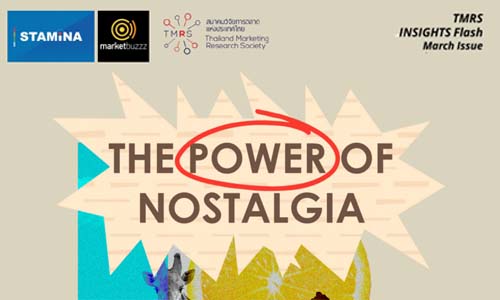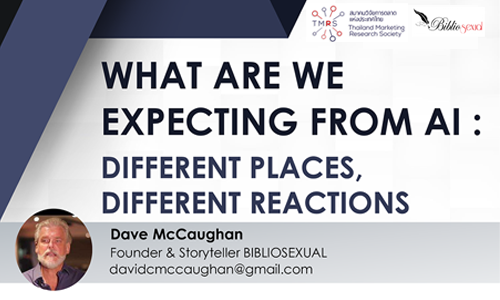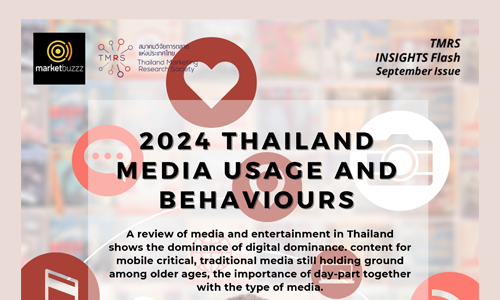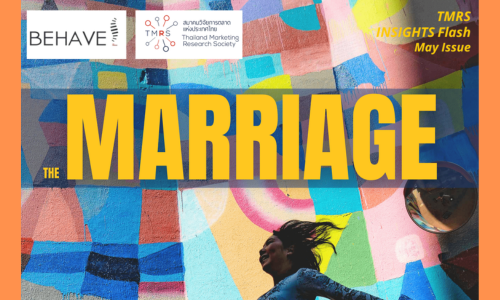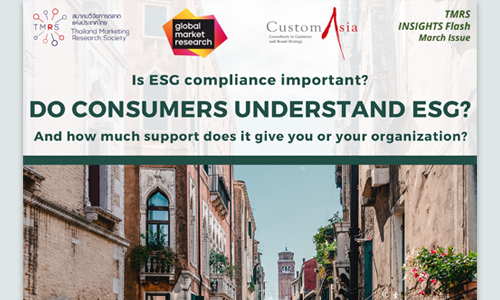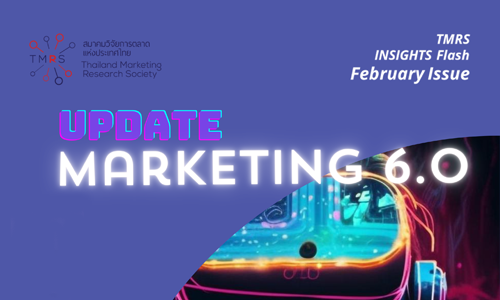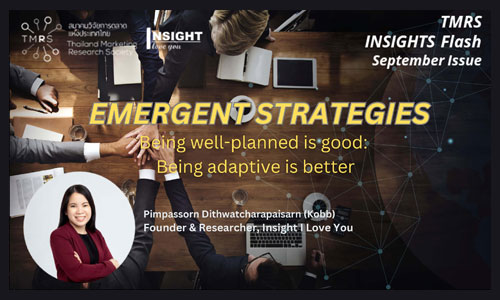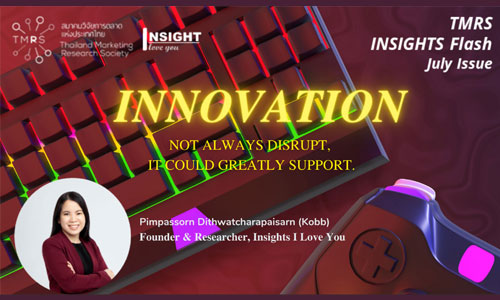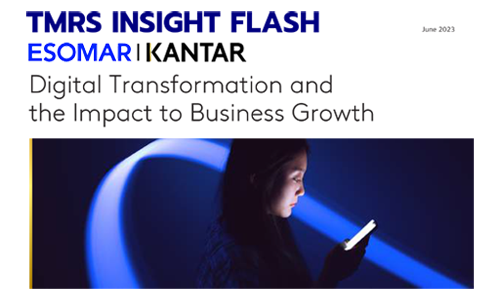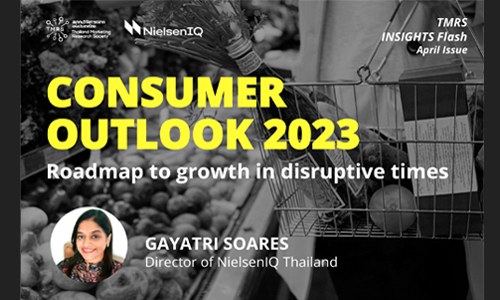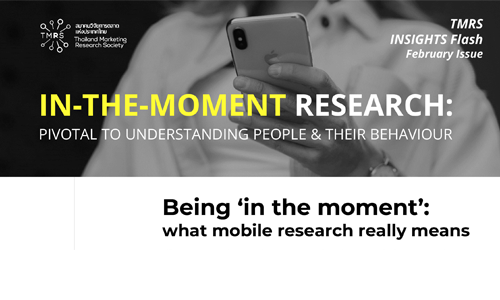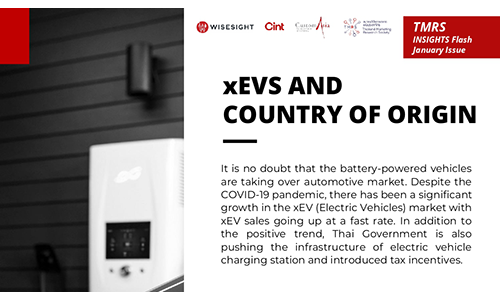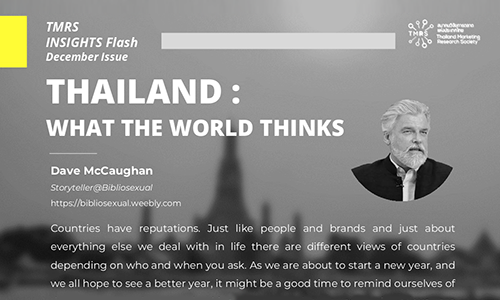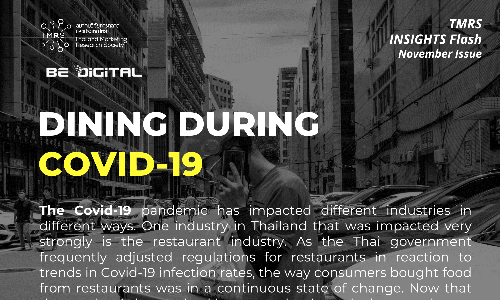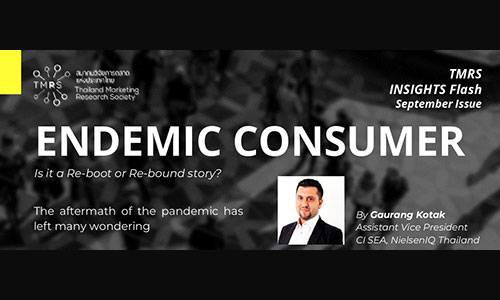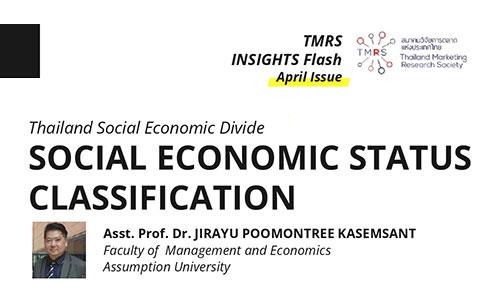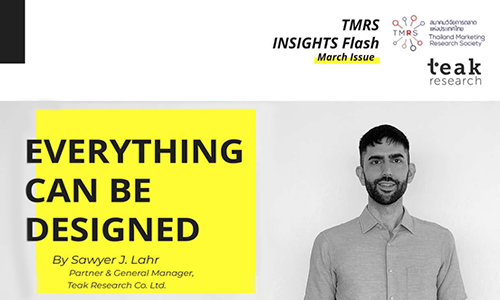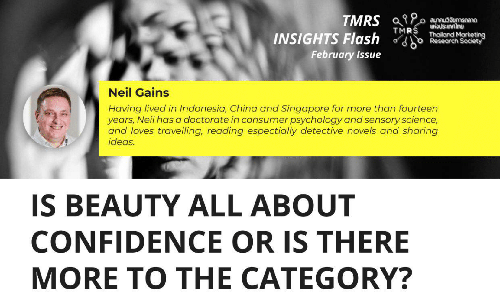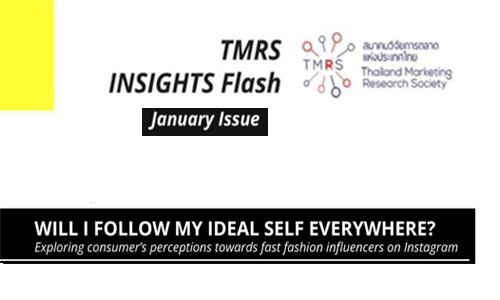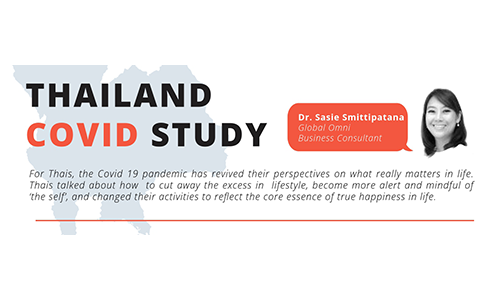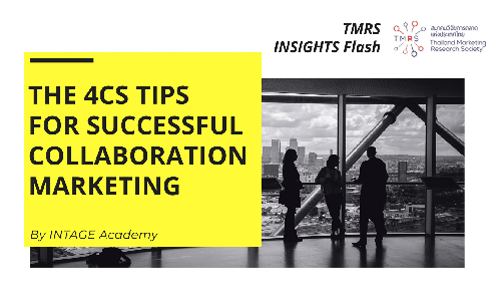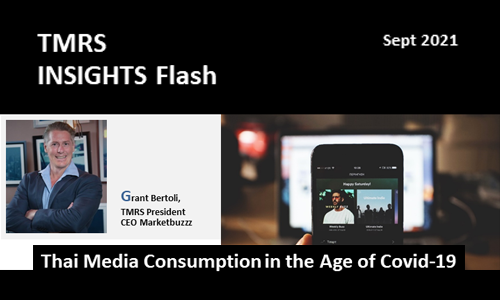
Insight driven business stories need to be sticky and then mobilised internally or they are useless. You have done the research, you have analysed the results, you have discovered an insight that offers a really useful twist for the client to utilise, you have developed it all up into a great business story. BUT will it be heard, read, shared, used?
Dave McCaughan, Bibliosexual and Mike Harley, Xpotential
.png)

You can spend ten minutes writing your findings into a really sticky story or you might take ten hours. Either way it will be useless unless you really have thought about how your client can and will mobilise it. And that is sometimes a real challenge for insights professionals. We sometimes seem reticent to suggest how the research and it's story can and should be shared and used. So here is an idea, build a mobilisation strategy for that business story as part of the package to the client. It is not all that complicated and will get you greater impact.
Essentially, mobilisation means bringing your great, sticky story of the insight you have discovered for your client to life. Without mobilising the people who need to use your story it may lie in a dark corner of your clients office and never be given the opportunity to shine!
To achieve successful mobilisation, you’ll need to engage the people in your client’s “strategic population”. Those people who in some way will be implementing the change or actions that come from your insight. It’s not a theoretical exercise of having them nod their heads in agreement after hearing your story and then ‘forgetting’ about it. This is about gaining engagement and long-term commitment to enacting the implications of what you have shared.
Mobilisation is not a deliverable in its own right, rather it is a crucial enabler – a mechanism to align mindsets, provide clarity and ownership for each person’s role in achieving change. This determines what actions they will take and gets them to take individual responsibility for their role in implementation.
Mike once worked for a company who were market leaders in flavoured milk in Australia and his team had developed an insight that identified three very different potential consumer targets, all with different needs. The coffee flavour in Big M worked well for the general, Farmers Union Iced coffee was a huge hit with tradies but the real hook to this new story was that there was a new space in the market to reposition the Dare brand to coffee snobs. The mobilisation challenge wasn’t just to get the marketing team on board but to also convince brand managers and sales teams to give up very constrained fridge space (allocated for Big M and Farmers Union) to make way for the new kid on the block.
The diagram below comes from Mike’s book Strategisation and illustrates how mobilisation fits in to making your business story result in real change. Mobilising people by engaging people across each of the four areas that drive successful implementation.
Without all four elements in play, mobilisation becomes much more difficult.

- Strategy: People need to understand what the story is about, what difference it makes , their role in bringing it to life, and what’s in it for them. How the Dare insight would change the company and therefore be good for all.
- People: They need to understand what is needed from them, their skills, how they work together, the formal and informal networks of communication, and the changes required in roles and responsibilities to gain their input and commitment for change. What was needed from all teams to make Dare a success.
- Performance: establishing how performance will be measured and tracked to reinforce the story and the strategy coming from it, capture learning, and facilitate adjusting the stories implementation in response to changes in the market. How the story to make Dare work would change performance expectations.
- Capability: the current capability of the organisation across operations, systems, processes, and what will be required to successfully implement the strategy coming from your story. What the sticky story of new success with Dare would require to bring to life.
Do the research. Find a Great Insight. Tell it through a sticky story. And then get your clients on board by outlining the mobilisation challenge and build trust and open doors for more market research projects.
Of course that may mean you have to develop slightly different versions of your story for the different “strategic populations” involved. Maybe that might be changing the tone, the delivery of the story. Maybe it is about adjusting the “guts” ( the detailed findings ) for some more than others. Maybe a lighter or a more serious tone for different members of the team. Maybe examples of how the core of the story applies to those sales or production or procurement teams.
All that is crucial in moving you and your team from being a competent research provider to a strategic partner and consultant. Sure, your projects might start with clients asking for a survey or an investigation. But what they really want is a story from you, based on some research, that will solve an issue, make their business better and change things up. Doing the research is providing them with ammunition, identify a real hook that will build a sticky story for change is what matters, but showing them how to mobilise that story to get better results is the added value they will remember you for.
Dave McCaughan, Storyteller at Bibliosexual, davidcmccaughan@gmail.com
Mike Harley, Managing director at Xpotential, mike.harley@xpotentialanz.com


